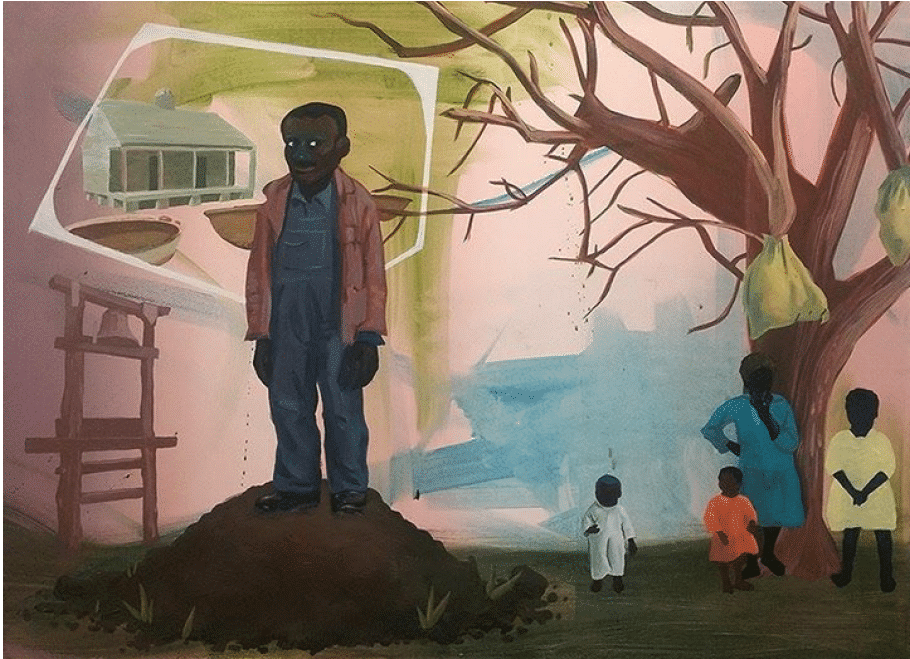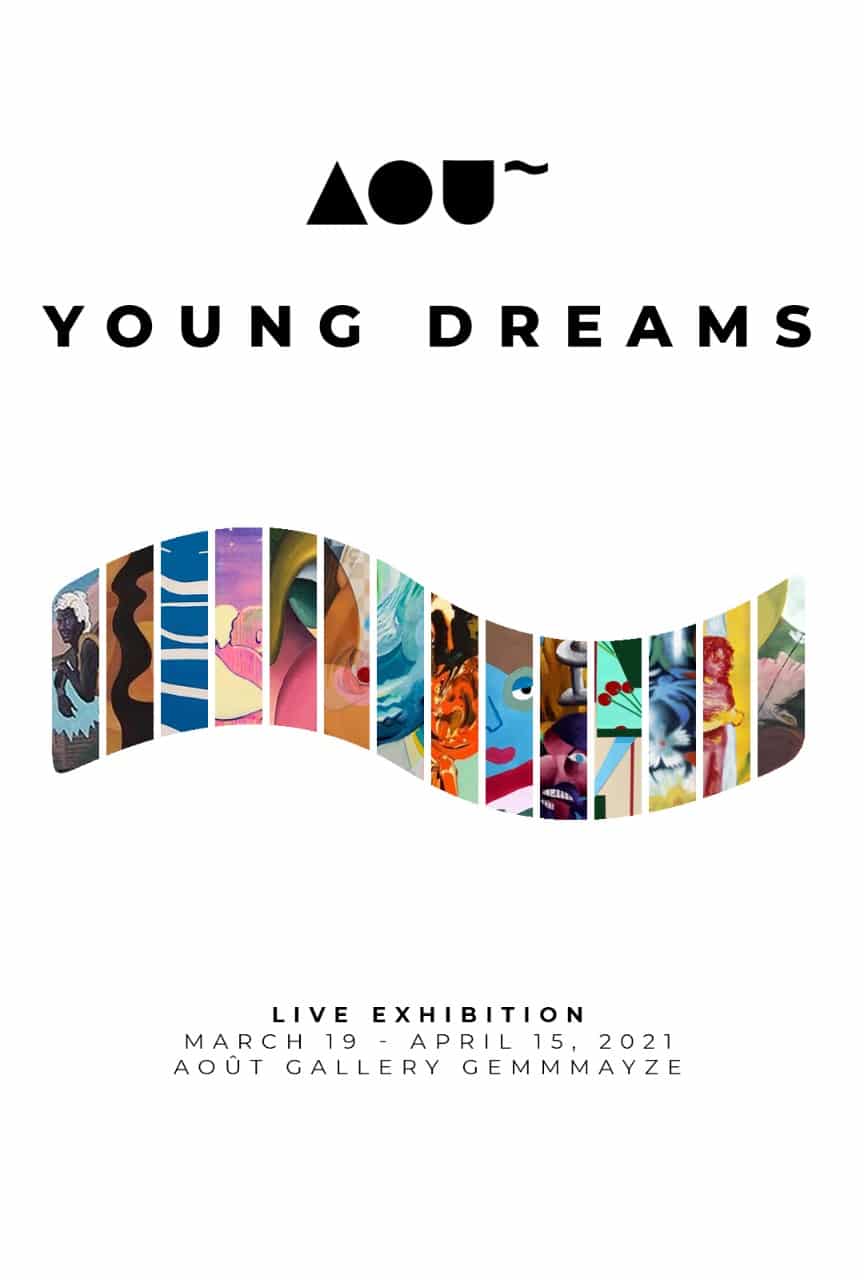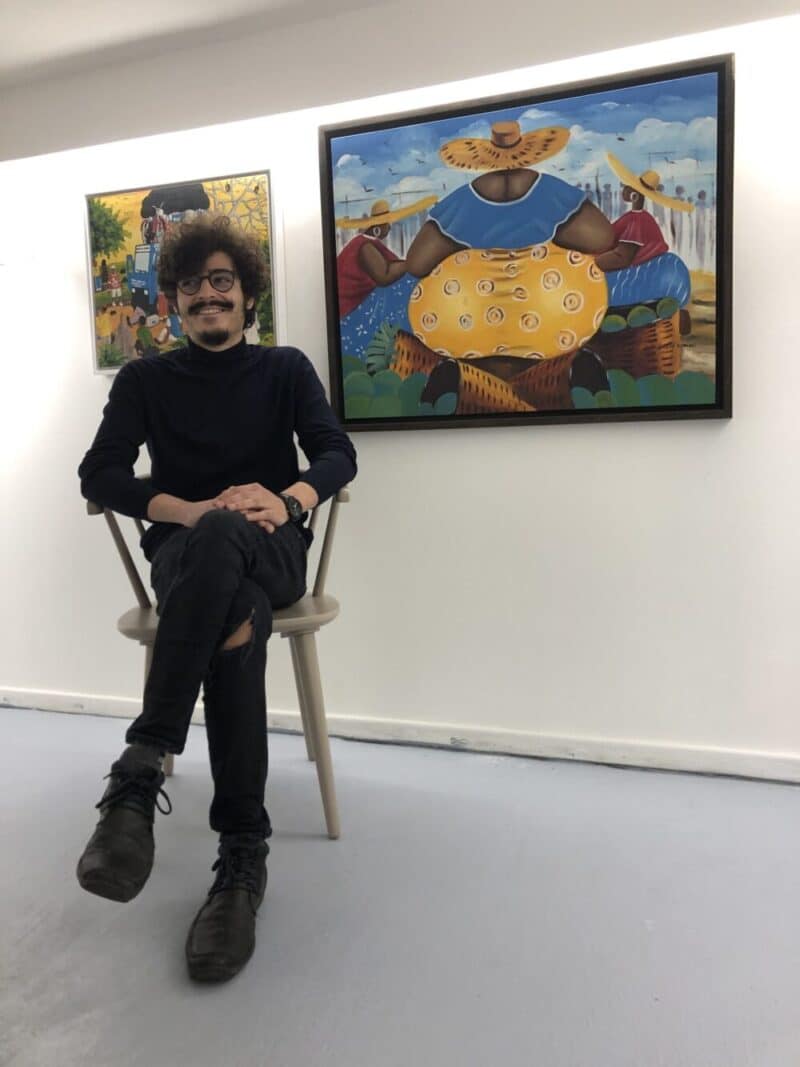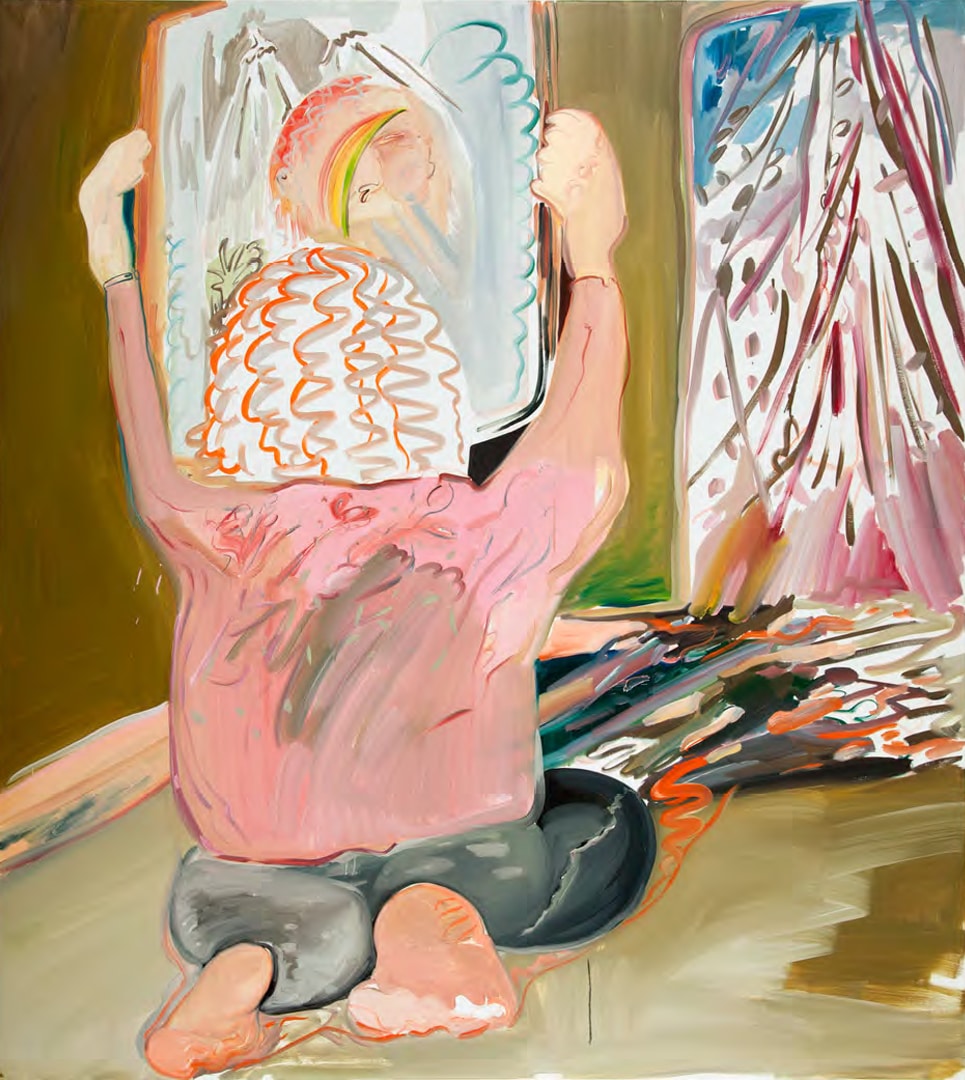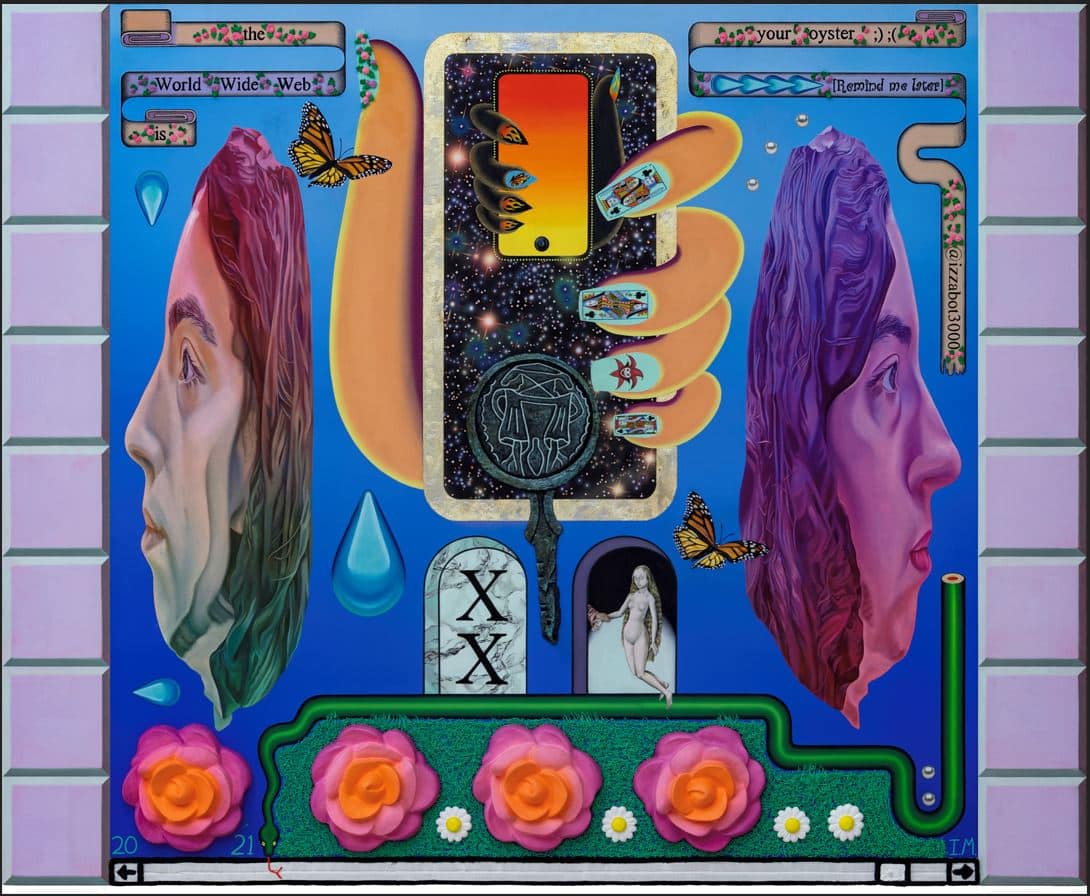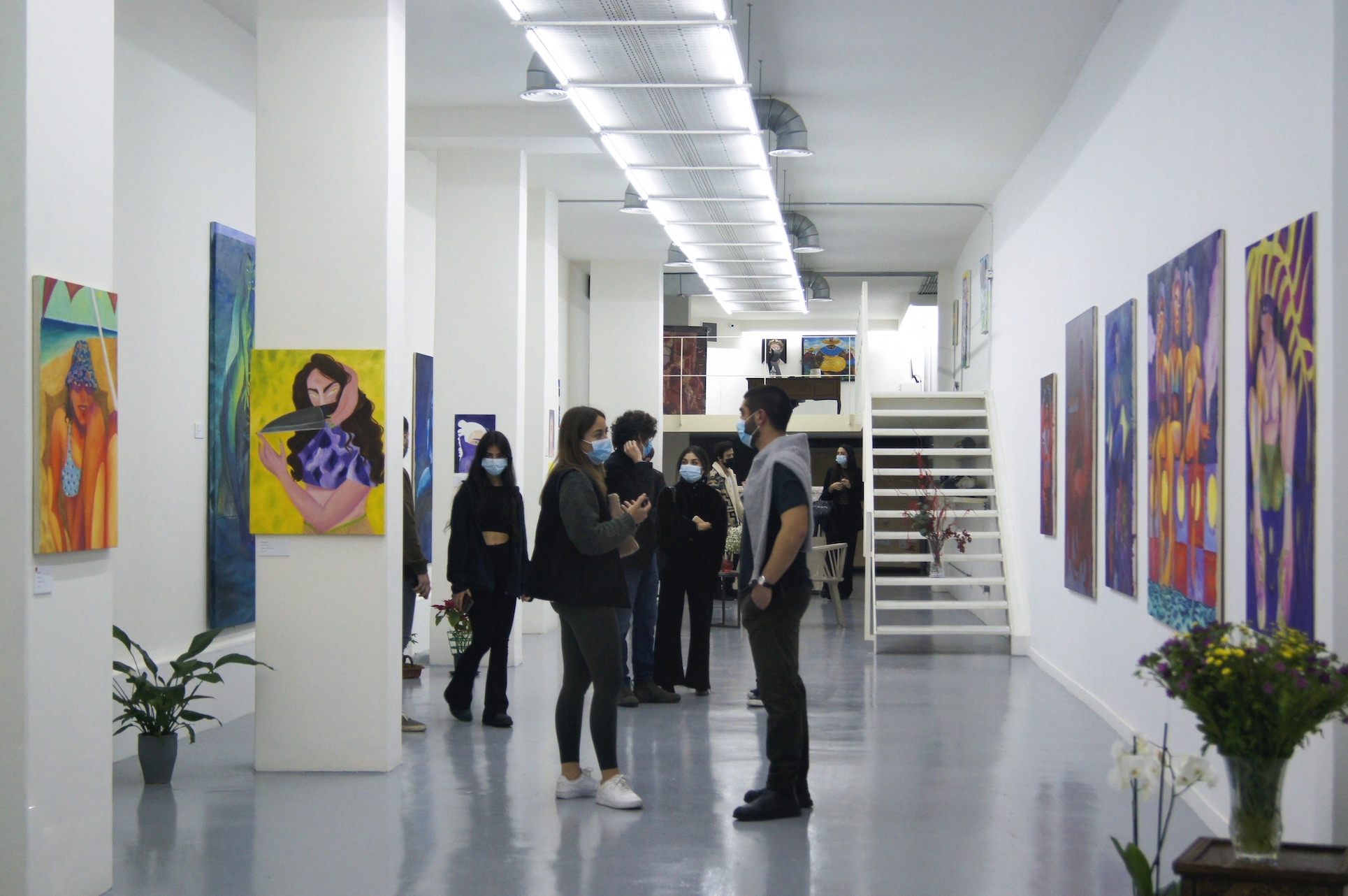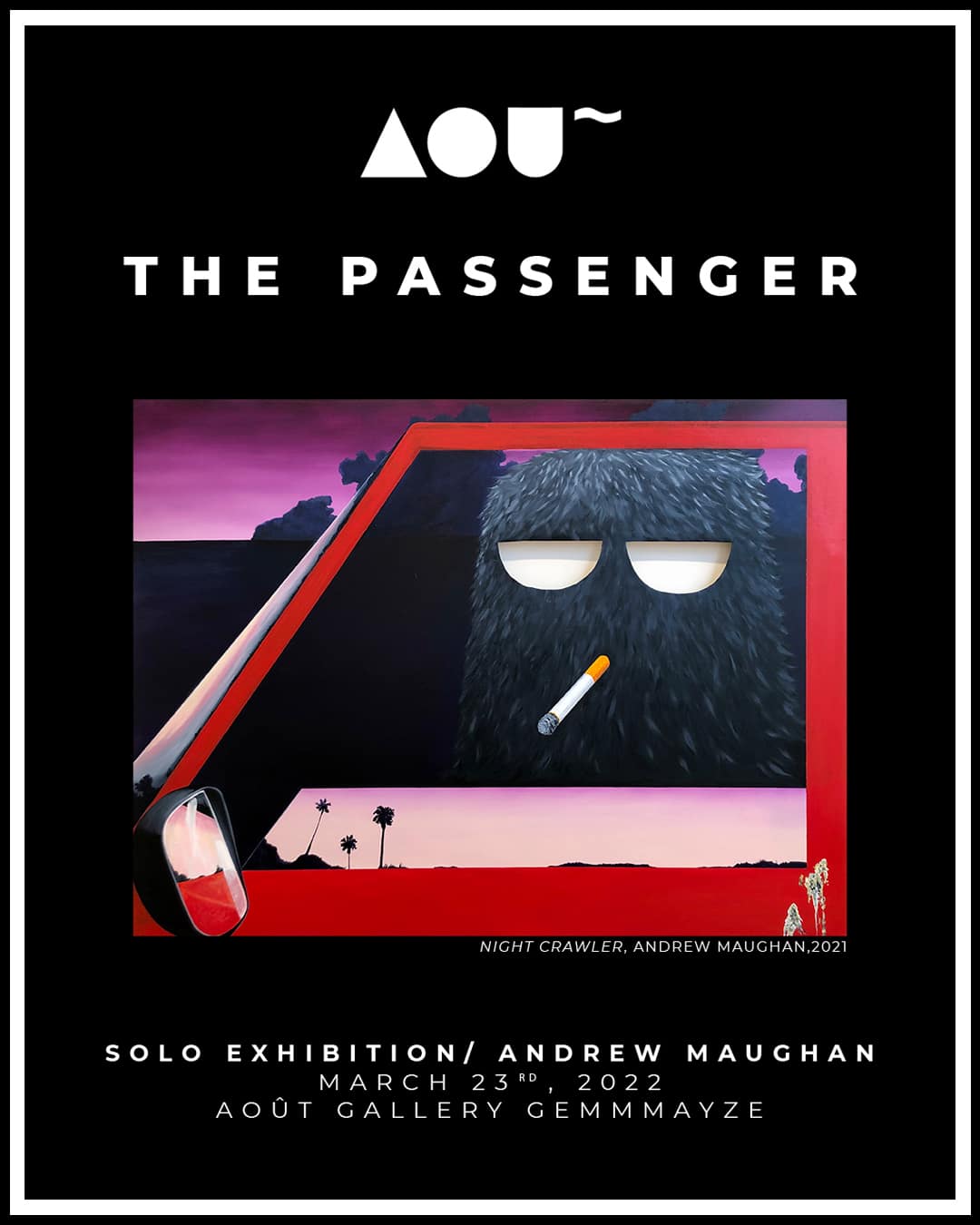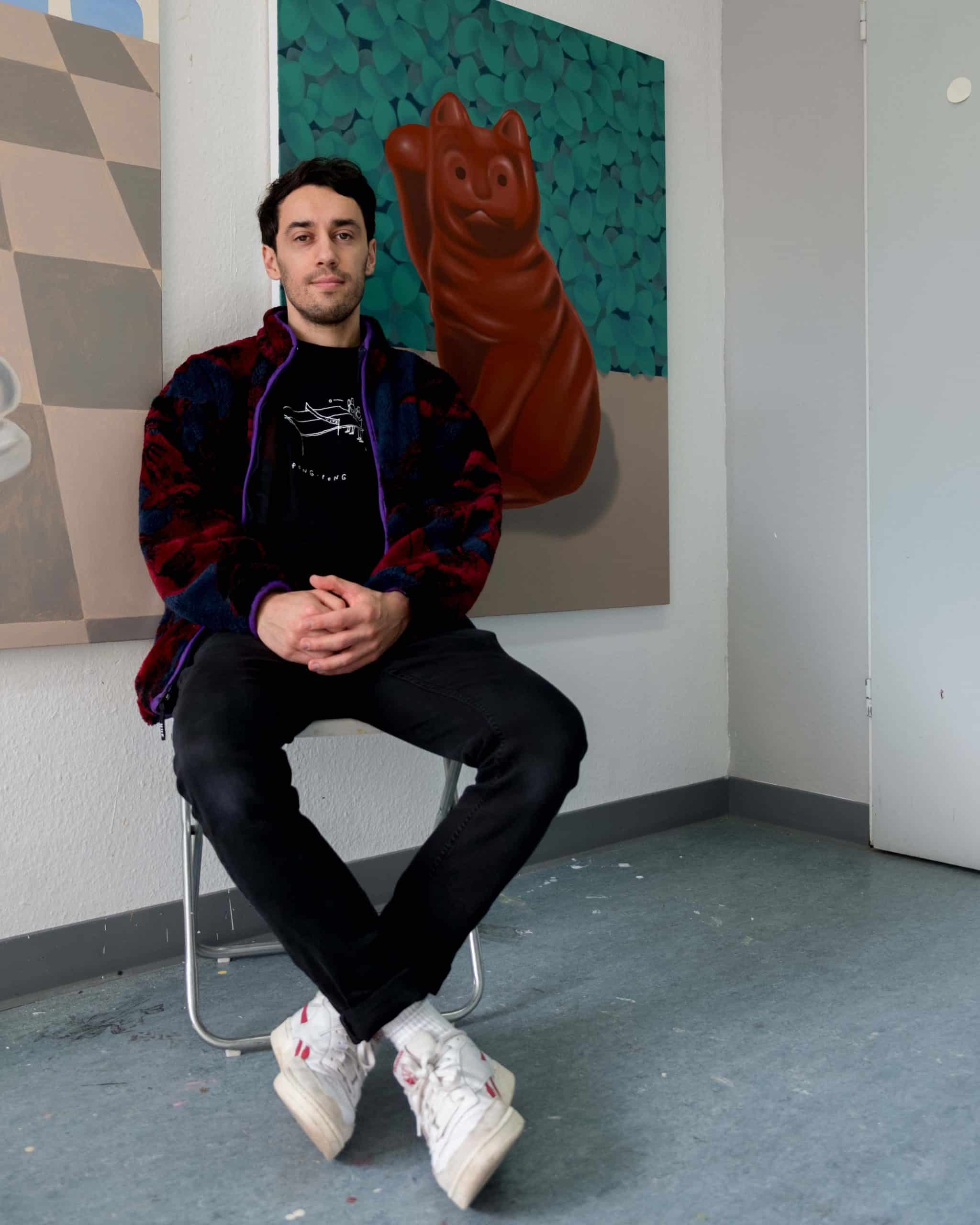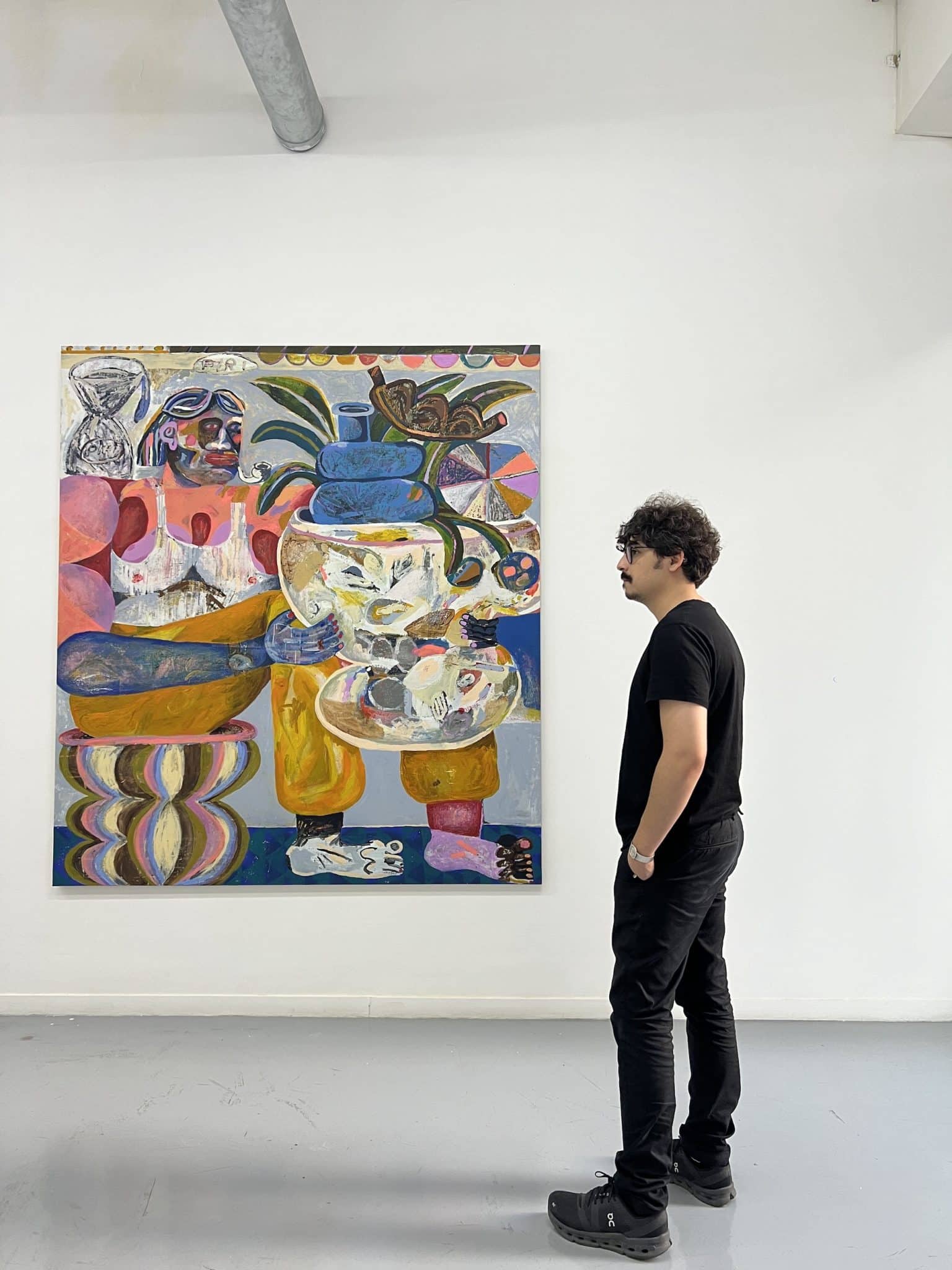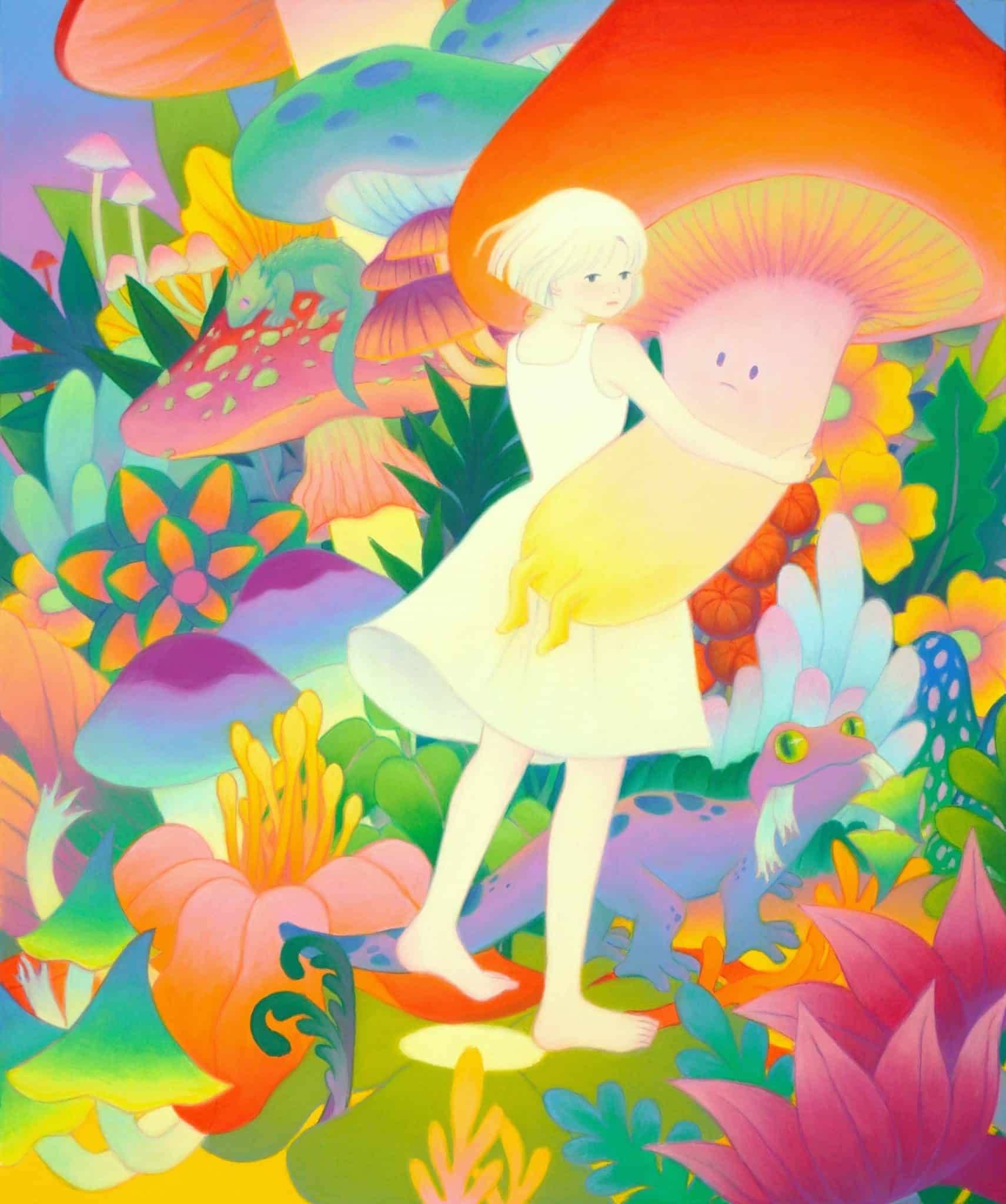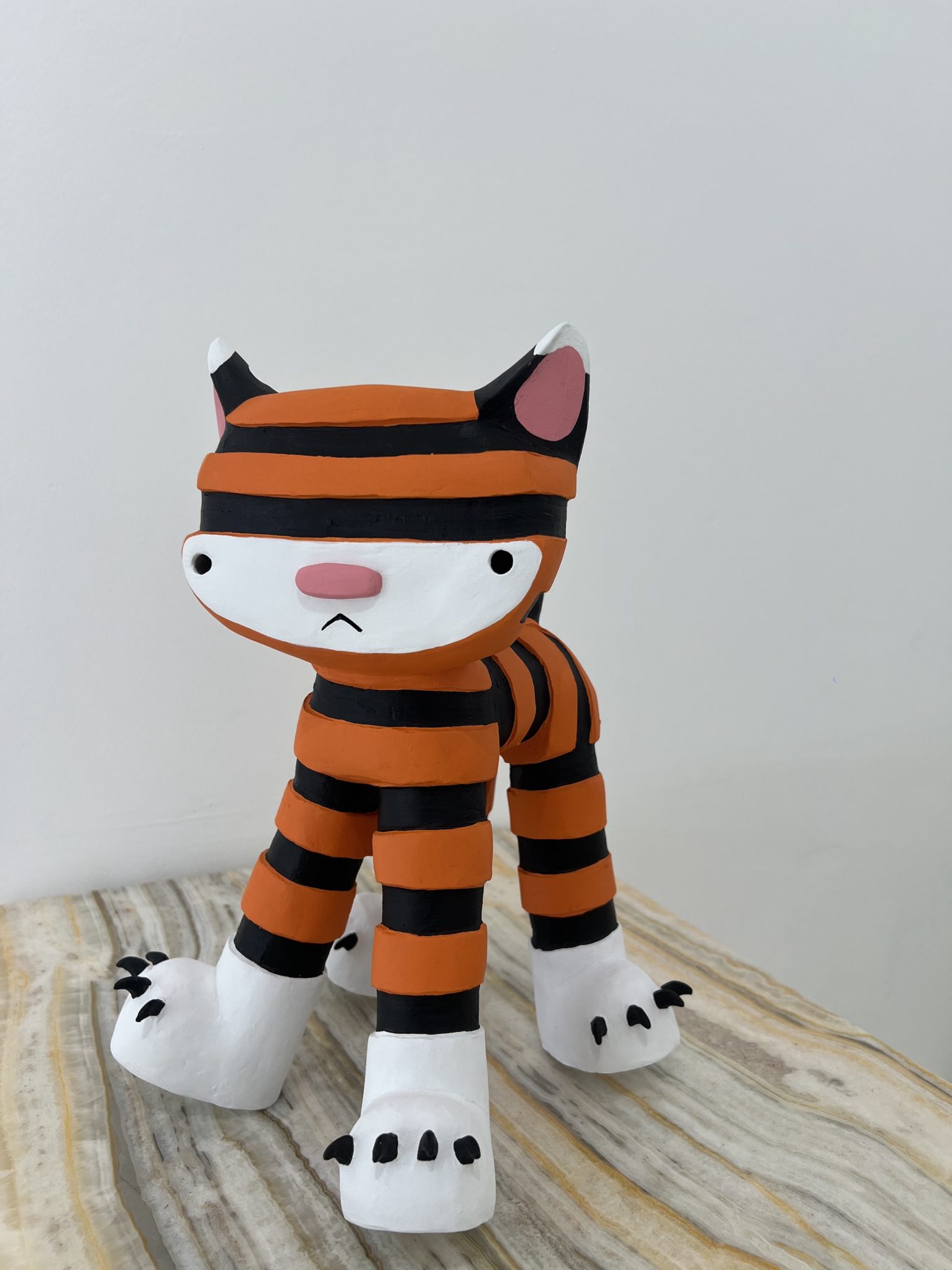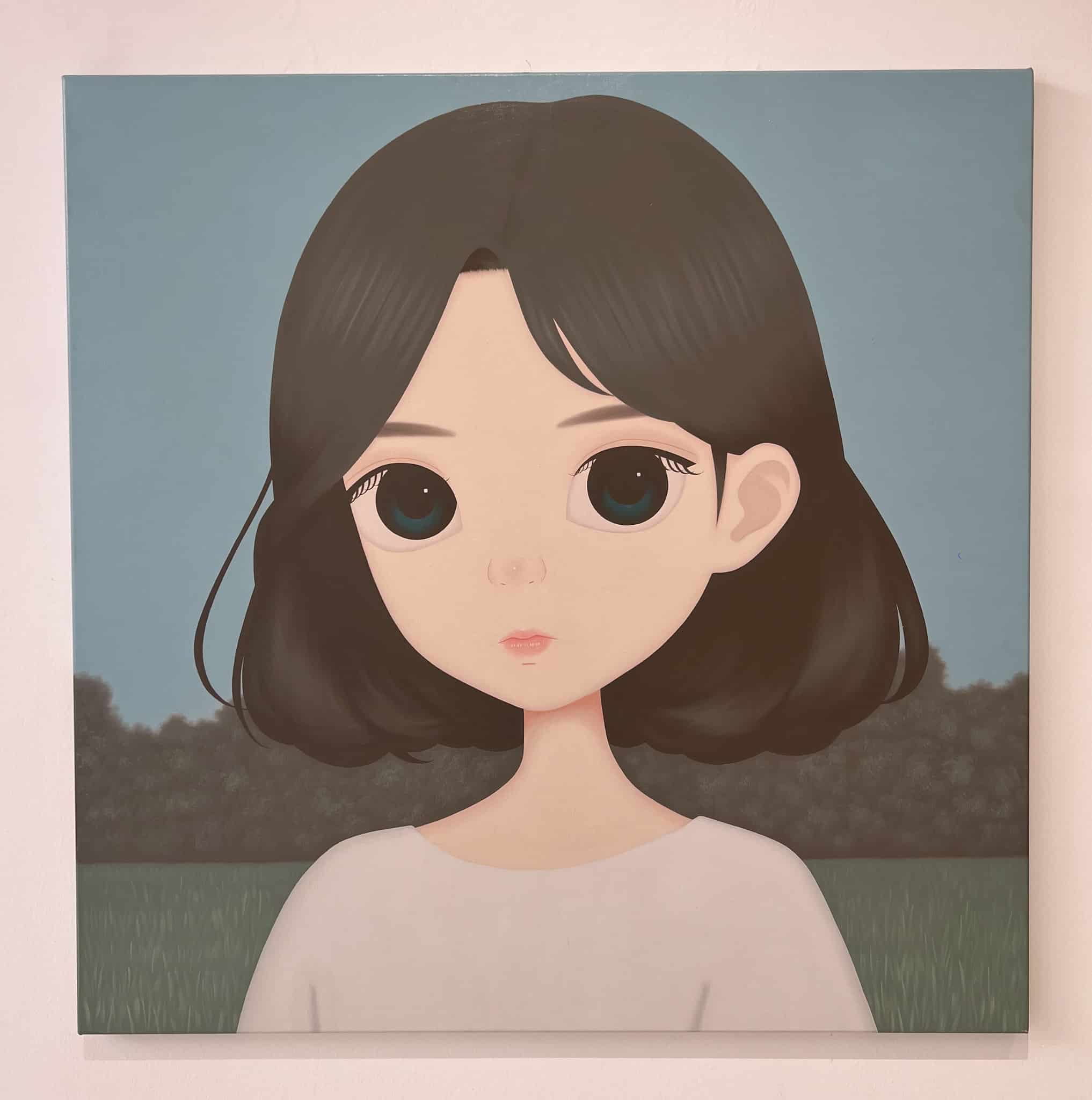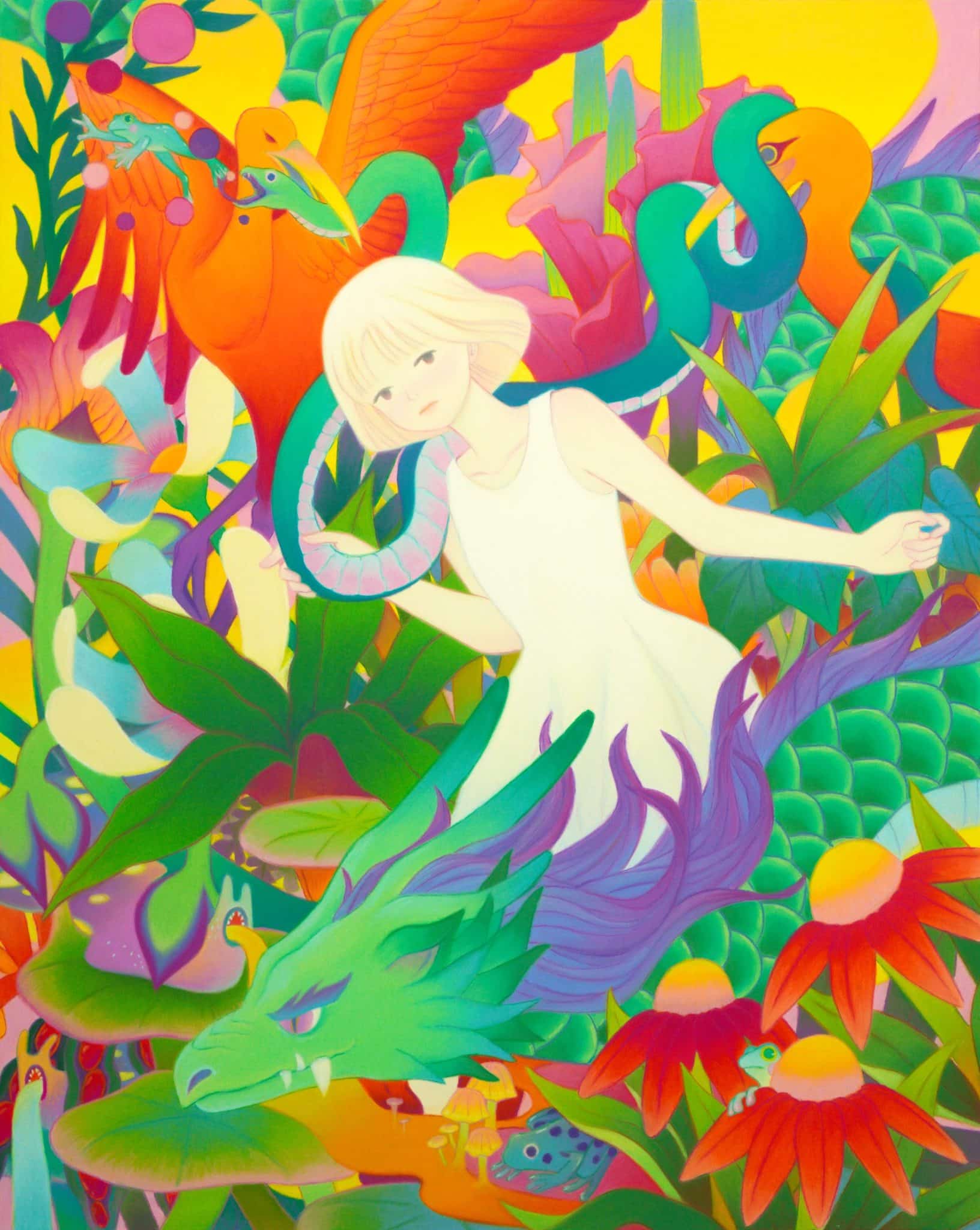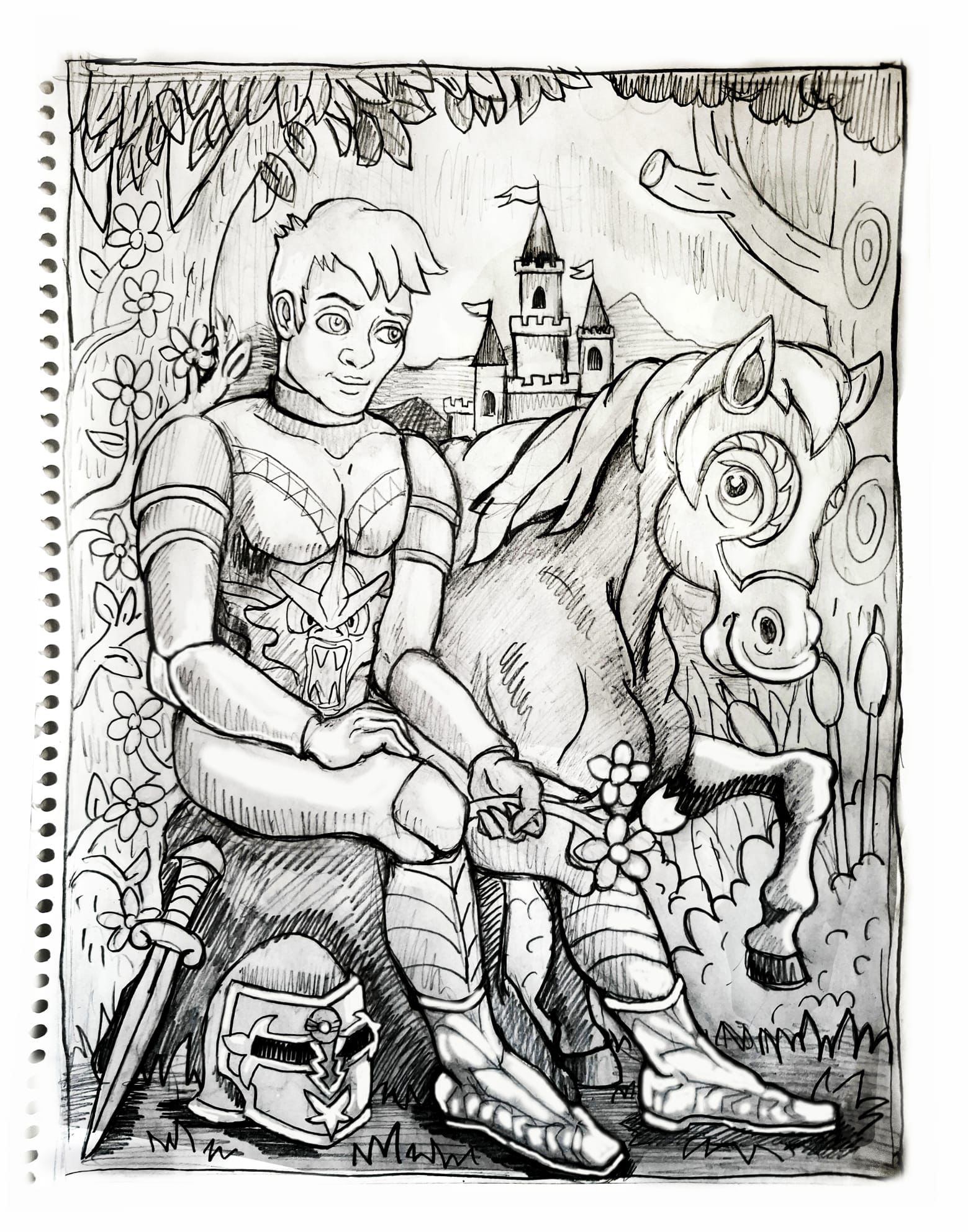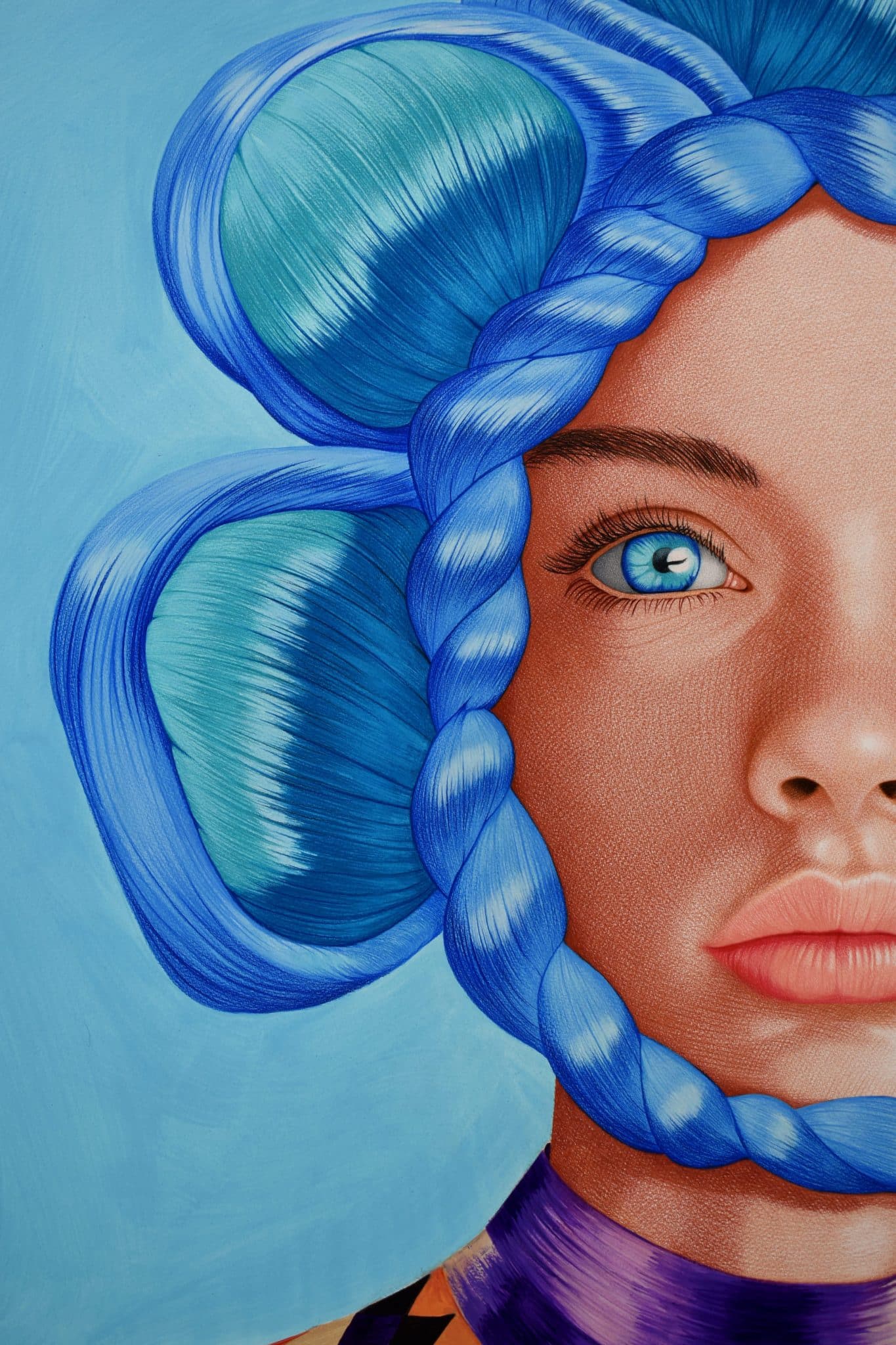Daniel Nuñez

The Sun Held Still
What do we do? Where are we going?
Where do we come from?
But here there’s a box of coloured pencils
Joan Brossa, El Tentetieso, 1969
El Sol Detenido (The Sun held Still) is one of the numerous poems written by the versatile artist Joan Brossa (Barcelona, 1919-1998). He begins his poem with these lines as a reference to the questions he asks us, questions that humanity has been asking itself throughout its history. However, among them, we find two to which we can give an answer: Where do we come from? And What do we do? To the first, we could answer that we come from the Mediterranean. A body of water that has connected us for centuries and has allowed a convergence of cultures, is the result of who we are today. It is a link between Lebanon – the geographical space where this exhibition takes place – and Spain – the homeland of Joan Brossa and also of our protagonist, Daniel Núñez (Madrid, 1988). Let’s use the title of this exhibition to answer the second question: to create a place of hope, because as Brossa advises: here’s a box of coloured pencils.
With the Mediterranean as a backdrop, the Catalan poet inspired many of his contemporaries, including Joan Miró (Barcelona 1893 – Palma de Mallorca, 1983), one of the great figures of 20th-century art and a reference for the artist Daniel Núñez. Proof of this is the harmony between the Catalan artist and the Madrilenian, both in conceptual proximity and in the method of work: from their interest in everyday objects and that particular universe that each one creates, to the use of pictorial automatism. In fact, this non-rational creative process, in which the presence of the unconscious dominates, leads to results that are free both in graphic movements and in colour. Thus, through an energetic, shameless brushstroke of simple and childlike appearance, Núñez presents us with several works through which we can peek into his subconscious and, with it, contemplate the flashes of his memories, his experiences. Núñez’s works blend figuration and abstraction, however, whether one type or another, the truth is that they are full of codes that escape logical comprehension, having more to do with impulses, materialized from those instinctive gestures and explosions of colour.
This autobiographical work is also reflected in the technique, where Núñez makes use of materials that allow him to generate a spontaneous stroke, influenced by the American art scene of the seventies and eighties. Through the use of oil bars, acrylics, or sprays, he gives rise to “error,” to the “incorrect,” to offer and accept other realities. Likewise, these tools have much to do with the impatience of the inner child or with the culture of immediacy to which we are victims. On the other hand, some of these irregular features form words, often written backward, a formula used to: hold a thought; redirect the viewer’s gaze; give clues or mislead and confuse him – a game that invites us to imagine worlds, to get lost and discover.
Among the different subjects represented, we find some of his most characteristic elements: from common objects that surround him in his daily life to a variety of fauna. Elements that identify him and that, although at first glance may seem superficial, are not portrayed for what they are in themselves, but for the meaning he gives to each of them: sentimental values and sensations through which he externalizes his experiences. In addition, there is an interest in rethinking these subjects, breaking the obviousness of them and providing another perspective, in order to both give and take away importance. Above all, seeking to get rid of any trace of tragedy, to transport us to a state of illusion and tranquillity.
In short, it is a body of work that explores his internal world, that exerts a great magnetism and with which we can easily connect. And indeed, A place for hope is proposed as an exhibition that reinforces the idea of Art as a tool to immerse ourselves in memories, as well as to overcome adversities and glimpse hope.
Text by PhD. Alejandra Rodríguez Cunchillos
AUTHOR:
PhD. Alejandra Rodríguez Cunchillos
Date:
April 23, 2024
Category:
PaintingsDate:
April 23, 2024

